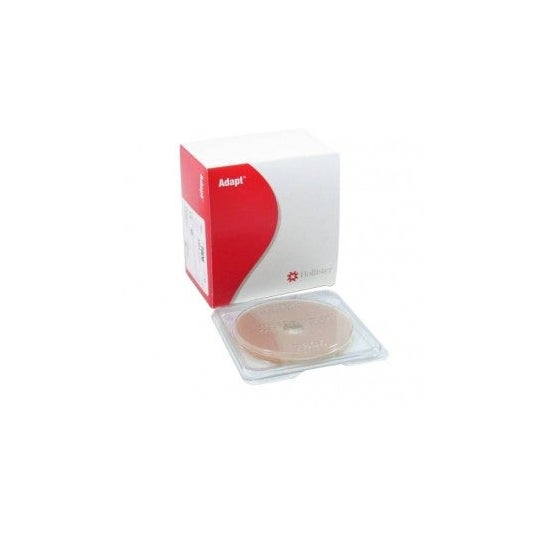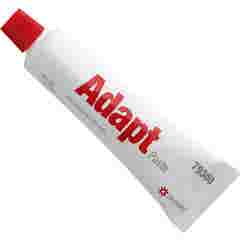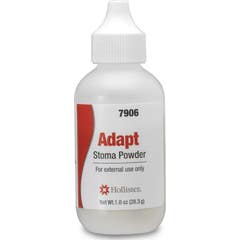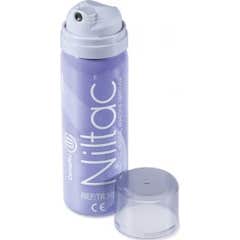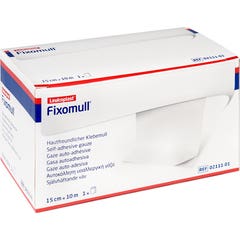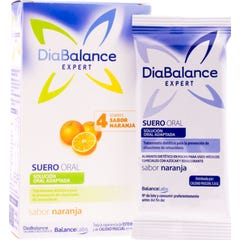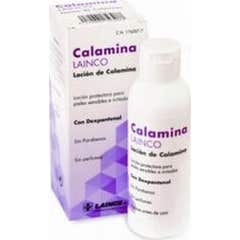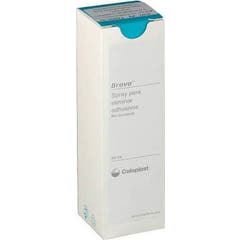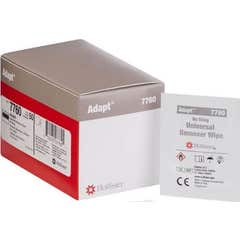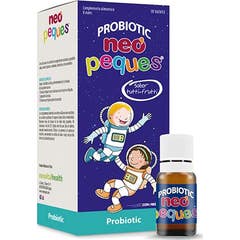When we present any type of wound or skin alteration we must protect it from the damage of bacteria that can infect the area. Using effective dressings is the ideal way to keep your skin cared for and protected at all times.
Ostom 7806 Hollister B Dressing B are practical dressings to cover skin irregularities, achieving a long-lasting fit, preventing fluid loss, and keeping the area completely protected and free of infection.
It can be adopted in different ways, they can be cut, molded and overlaid. They are tough and durable, and are formulated to allow you to plug your skin with total comfort, without irritation;
*Its format is 99mm rings.
Protect and care for your skin!

